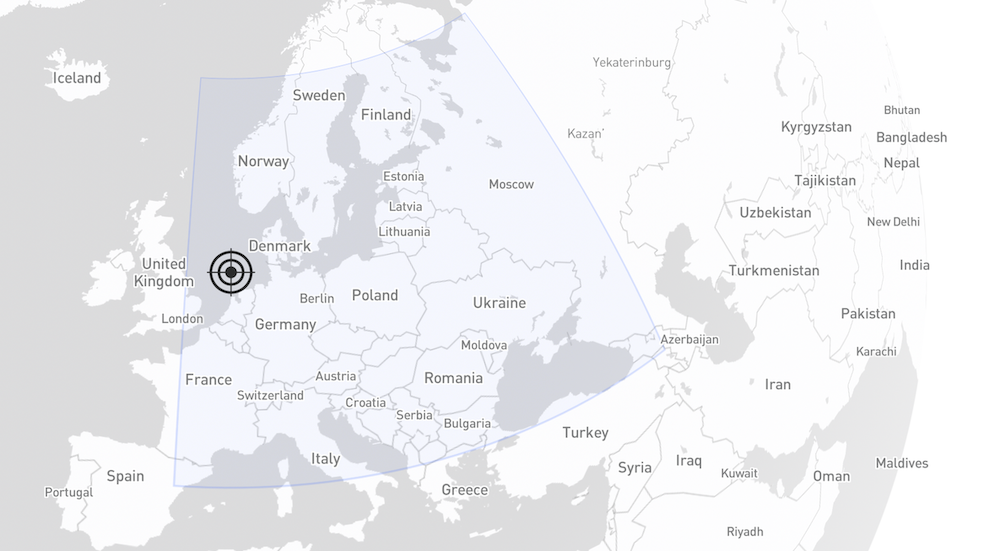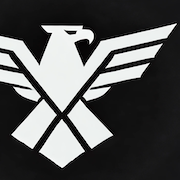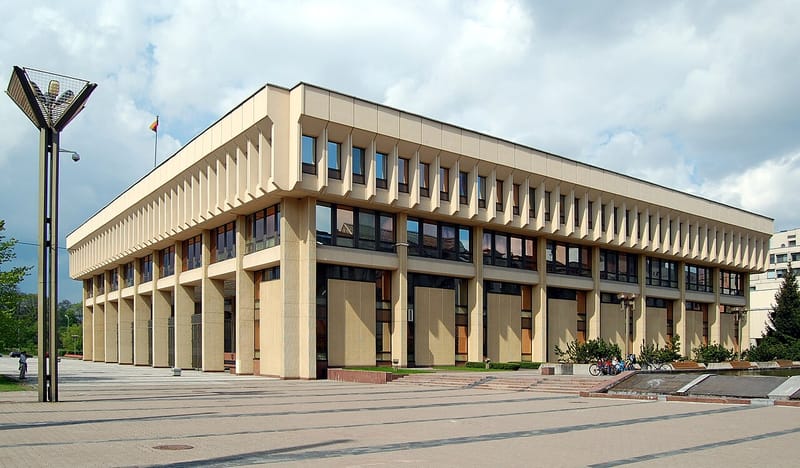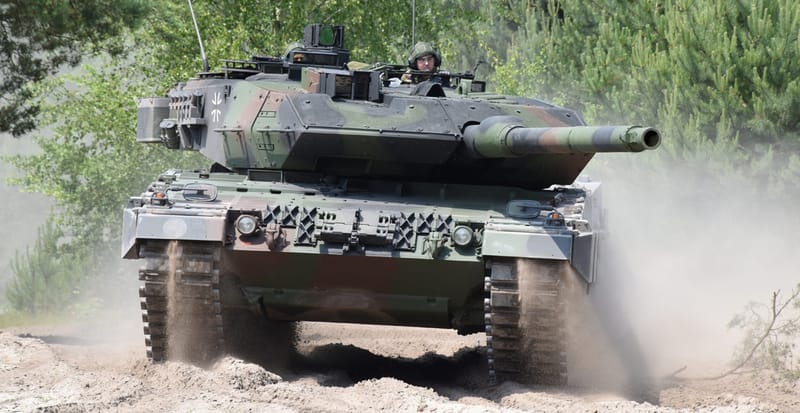Czechia Bypasses Russian Oil With Transalpine Pipeline: Russian Oil Out, Autonomy In
Czechia ends its reliance on Russian oil after 60 years, completing a sovereign pipeline expansion and redefining its strategic position within NATO. Energy independence now underpins alliance readiness on the eastern flank.


TAL Pipeline Expansion: Czechia’s 2025 Break from Druzhba
For the first time in over sixty years, the Czech Republic has eliminated its dependence on Russian oil. Prime Minister Petr Fiala announced the development on April 17, 2025, marking a structural shift in the country’s energy doctrine—away from inherited dependencies and toward long-term strategic autonomy.
The move was enabled by the successful expansion of the Transalpine Pipeline (TAL), which now delivers up to 8 million tonnes of crude oil annually from the Italian port of Trieste through Germany into Czechia.
Sovereign Infrastructure, Strategic Advantage
The TAL-Plus upgrade, launched in 2022 and completed ahead of schedule in April 2025, was funded entirely from the revenues of the state-owned pipeline operator MERO ČR. Total cost: 1.6 billion CZK (€65 million). No foreign financing. No debt structure. Fully sovereign infrastructure.
Refiners are already adapting. Orlen Unipetrol has begun processing Norwegian crude, and the Litvínov refinery is set to follow. In parallel, the country has diversified its supply base with imports from Azerbaijan, Kazakhstan, and Guyana. The shift renders the Russian-controlled Druzhba pipeline strategically redundant, although the infrastructure remains intact—potentially for rerouting oil from Ukraine’s port of Odesa or other alternative sources.
Fuel Independence as Force Multiplier
Czechia’s decision reflects more than energy economics. It reinforces the country’s position within a broader NATO and EU defense perimeter, reducing a long-standing vulnerability in its critical infrastructure profile. With the TAL corridor now operationally sufficient, Prague has secured a westward-facing logistics chain consistent with alliance planning scenarios.
This autonomy enables not only domestic energy security but also greater flexibility in operational commitments, including Czechia’s air policing in Slovakia under NATO’s Integrated Air and Missile Defence System (NATINAMDS).
The TAL pipeline’s enhanced capacity complements a broader strategy to decentralize vulnerabilities, forming part of an emerging network of logistical and industrial redundancy on NATO’s eastern flank.
While neighboring countries such as Hungary and Slovakia remain dependent on Russian imports via Druzhba, Czechia has effectively removed itself from that sphere of influence. By contrast, Hungary pursues alternative models of sovereignty-focused defense and continues to rely on Russian energy—a model less tethered to infrastructure independence and more rooted in self-contained political and military doctrine.
This realignment intersects with the EU’s broader REPowerEU initiative, but operates independently of it. It is a national posture. The removal of Russian oil from the Czech supply matrix limits the strategic reach of a hostile actor, reduces friction in joint contingency planning, and provides a replicable model for states still embedded in post-Soviet supply networks.
At a regional level, the Czech shift, though infrastructural in nature, is complementary to Poland’s Homeland Defence Act, which reorients force posture toward forward defense and amplifies NATO’s capacity for high-readiness operations across the eastern flank.
What results is energy independence and improved readiness. Resilient fuel supply is a foundational layer in any integrated defense model. And now, for the first time since the Cold War, Czechia controls that layer on its own terms.
Prague has tightened the eastern flank.






